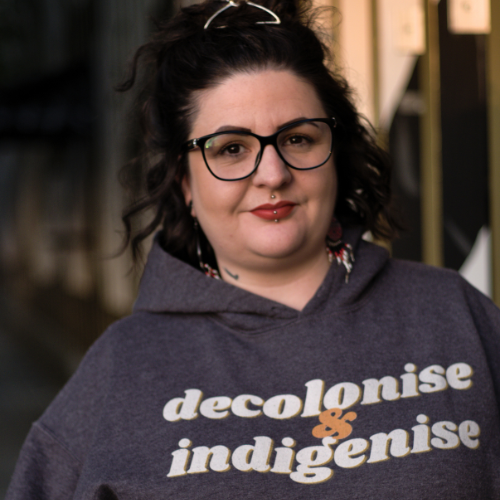 Someone working from [a Collective Abundance] model doesn’t wait for big grants to trickle down. They find creative, hyper-local ways to resource others in the community by sharing donors ethically, co-hosting campaigns, exchanging labor, pooling sponsorships, and even trading non-cash resources that reduce expenses.
Someone working from [a Collective Abundance] model doesn’t wait for big grants to trickle down. They find creative, hyper-local ways to resource others in the community by sharing donors ethically, co-hosting campaigns, exchanging labor, pooling sponsorships, and even trading non-cash resources that reduce expenses.
Essay Archives
Capacity isn’t an excuse: How disabled people are excluded from nonprofit programs
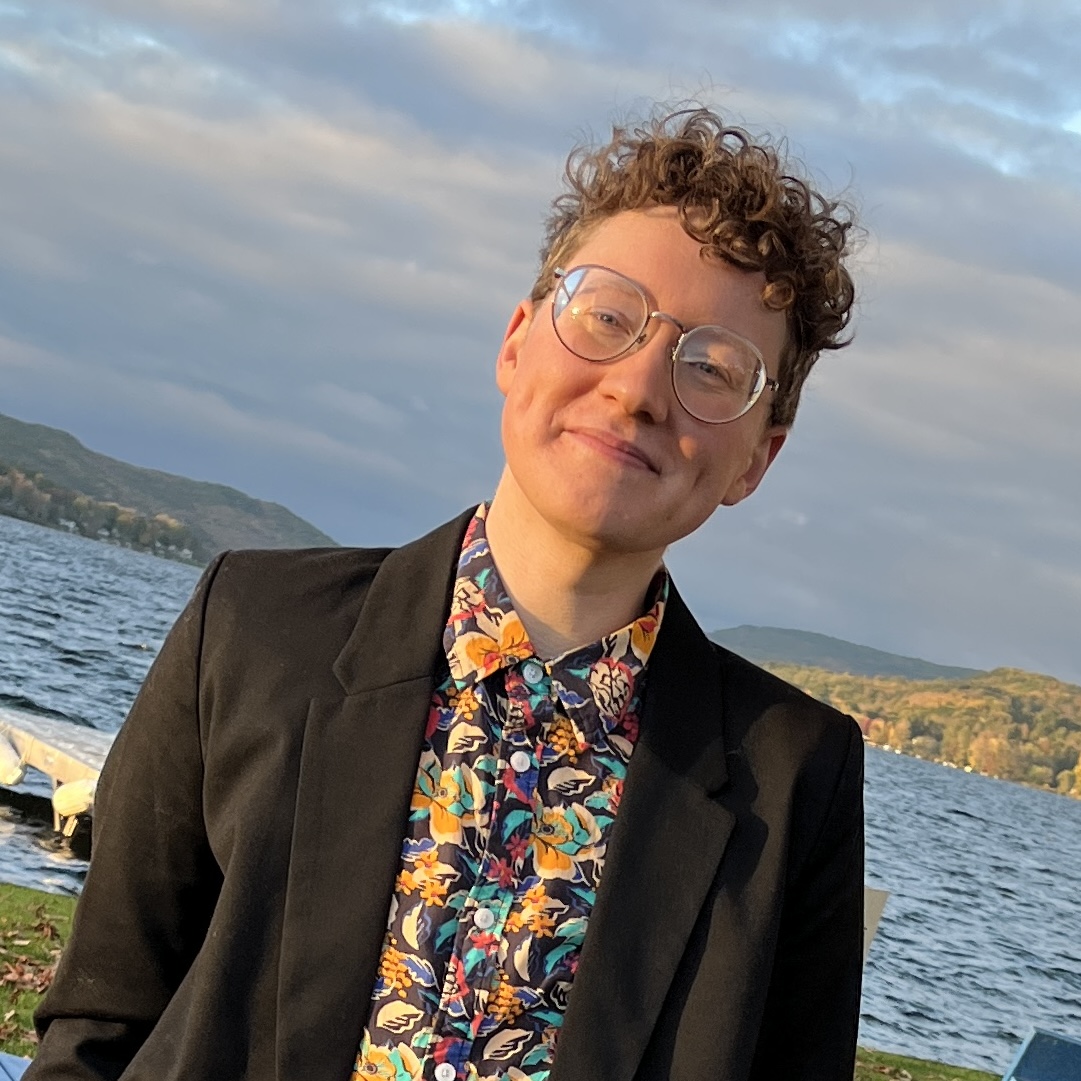 I’ll be the first to admit that I have a lot of disabilities, so after being excluded so many times, I started to question: “Is it just me? Am I too hard to accommodate?” But the requests I made were simple…
I’ll be the first to admit that I have a lot of disabilities, so after being excluded so many times, I started to question: “Is it just me? Am I too hard to accommodate?” But the requests I made were simple…
ChatGPT weakens our capacity to reimagine liberated futures; how not to relinquish your agency to Big Tech
 The conversation I want to have is about the internal cost of relying on capitalist tools built for profit, extraction, and domination. And how ChatGPT is weakening our capacity to reimagine liberated futures.
The conversation I want to have is about the internal cost of relying on capitalist tools built for profit, extraction, and domination. And how ChatGPT is weakening our capacity to reimagine liberated futures.
Dig in for the long game: Nonprofits and fundraisers must prepare for a role in an ecosystem of resistance
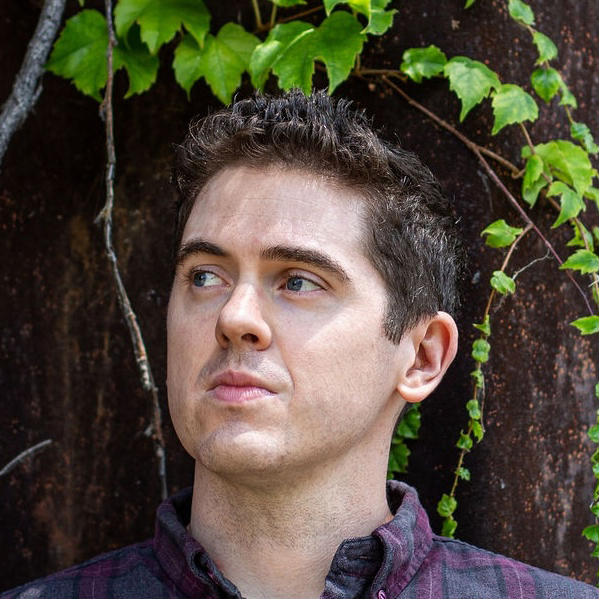 This is institutionalizing the riot. Social benefit organizations can act as a ratchet. When smaller militant organizations push progress forward, larger more moderate ones hold and consolidate gains. The choice is simple: be divided and ruled, or act as part of an ecosystem and win.
This is institutionalizing the riot. Social benefit organizations can act as a ratchet. When smaller militant organizations push progress forward, larger more moderate ones hold and consolidate gains. The choice is simple: be divided and ruled, or act as part of an ecosystem and win.
How to separate your personal & professional value from the funds you raise as a fundraiser of color
By Courtland J. Powers-Gunnells
 What I realized was that I needed to communicate my impact differently. In my portfolio, I began telling the story of how my approach to fundraising centered on what organizations needed most.
What I realized was that I needed to communicate my impact differently. In my portfolio, I began telling the story of how my approach to fundraising centered on what organizations needed most.
Imagine raising money for a nonprofit organization while power-obsessed white men wreak havoc on liberty and justice for sport.
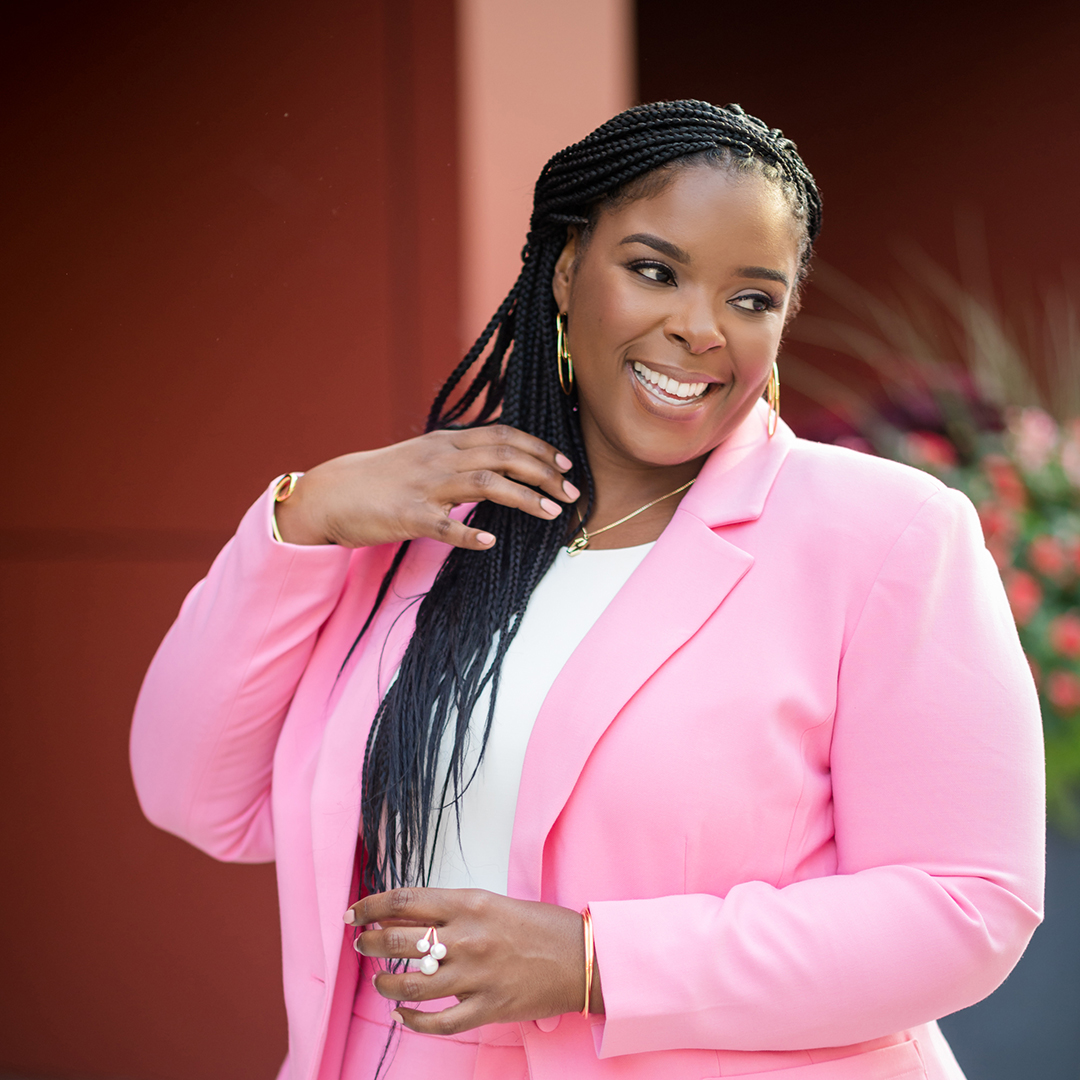 …amidst new waves of political chaos and cruelty, I’m back again—this time with an invitation to build community in a new way, namely to make peers and colleagues of our ancestors.
…amidst new waves of political chaos and cruelty, I’m back again—this time with an invitation to build community in a new way, namely to make peers and colleagues of our ancestors.
What are we growing toward? Less about what’s broken, more about what’s possible.
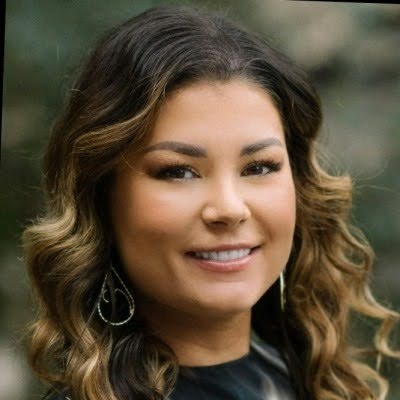 And we know the pieces are shifting. Philanthropy is in flux. DEI efforts are being re-evaluated or quietly shelved. Staff turnover is rattling once-stable institutions. Long-standing funding sources are vanishing. What remains, as my friend Stephanie Green Weizer says, is the “organic matter of our missions”—the values, love, and truth that can’t be extracted or destroyed. From this nutrient-rich core we can build something new.
And we know the pieces are shifting. Philanthropy is in flux. DEI efforts are being re-evaluated or quietly shelved. Staff turnover is rattling once-stable institutions. Long-standing funding sources are vanishing. What remains, as my friend Stephanie Green Weizer says, is the “organic matter of our missions”—the values, love, and truth that can’t be extracted or destroyed. From this nutrient-rich core we can build something new.
We live with abundance. Philanthropy scarcity is fake news.
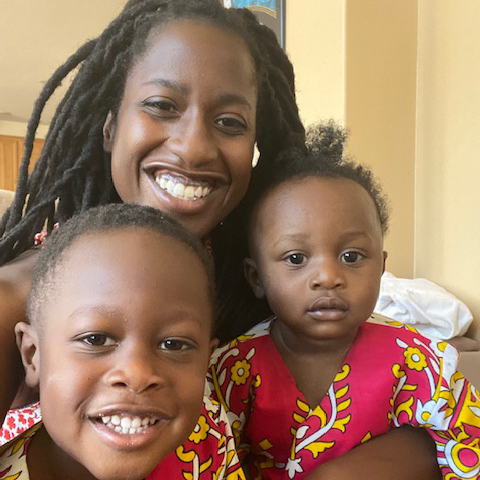 The narrative about philanthropy being about charity needs to change. People need to become aware that we are investing in our own futures and in our own collective prosperity.
The narrative about philanthropy being about charity needs to change. People need to become aware that we are investing in our own futures and in our own collective prosperity.
There has never been a more powerful moment to reimagine our entire industry. First, we need to face the facts.
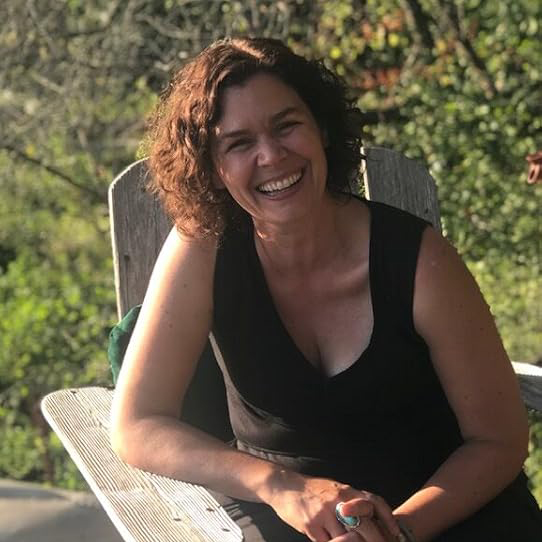 What will shake enough people from the dream that any of this is working for anyone, so that we gain the momentum to build the frameworks that can take us into a different future?
What will shake enough people from the dream that any of this is working for anyone, so that we gain the momentum to build the frameworks that can take us into a different future?
Finding our way together: Joining the CCF Movement through the roles of the Social Change Ecosystem
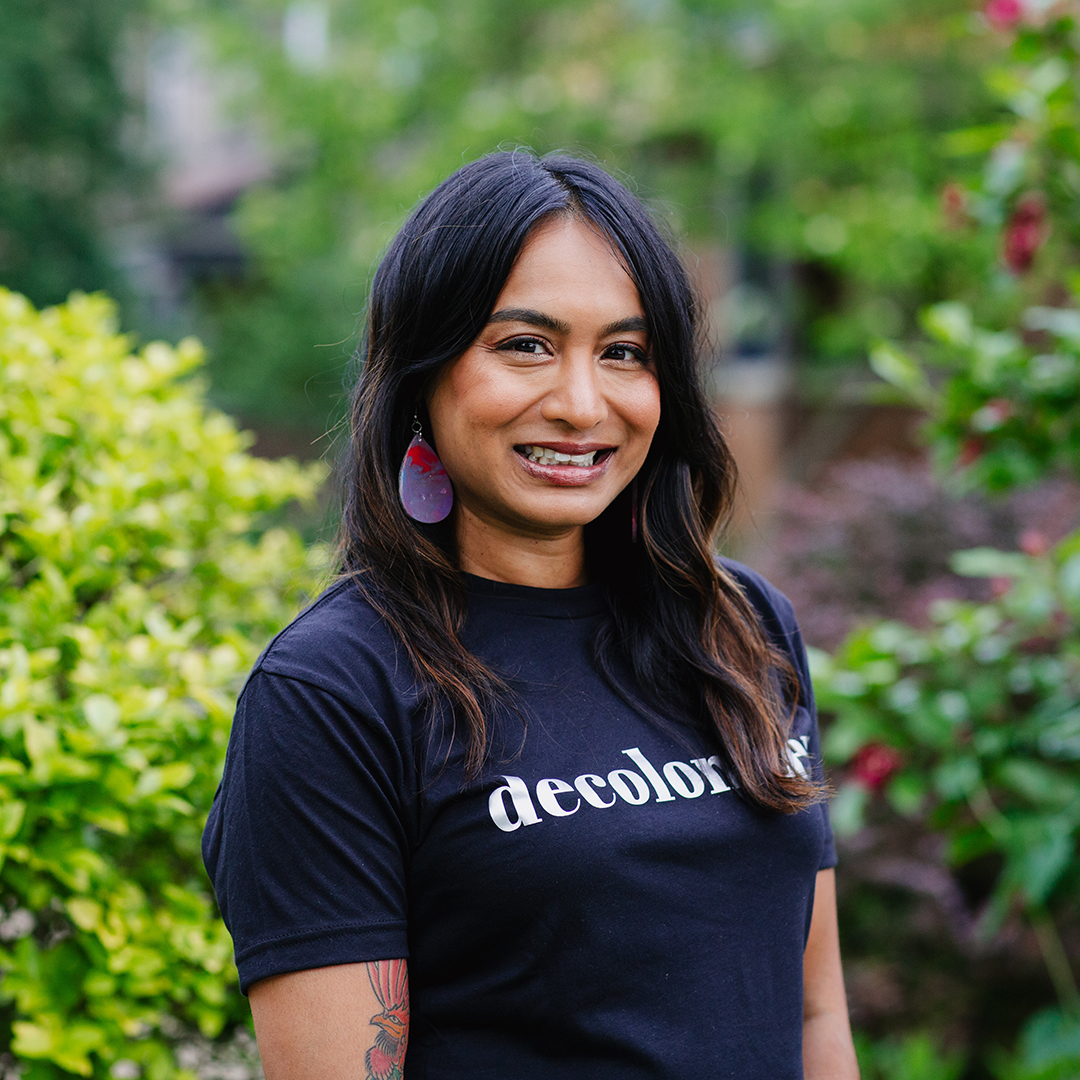 But what if those of us in the CCF movement identified and owned our roles on the Social Change Ecosystem Map? What if we worked together — wherever we are with whatever resources we have to give — and trusted others in our movement community to take up space? The possibilities of change make me feel absolutely euphoric.
But what if those of us in the CCF movement identified and owned our roles on the Social Change Ecosystem Map? What if we worked together — wherever we are with whatever resources we have to give — and trusted others in our movement community to take up space? The possibilities of change make me feel absolutely euphoric.
It’s time allies step up by stepping back
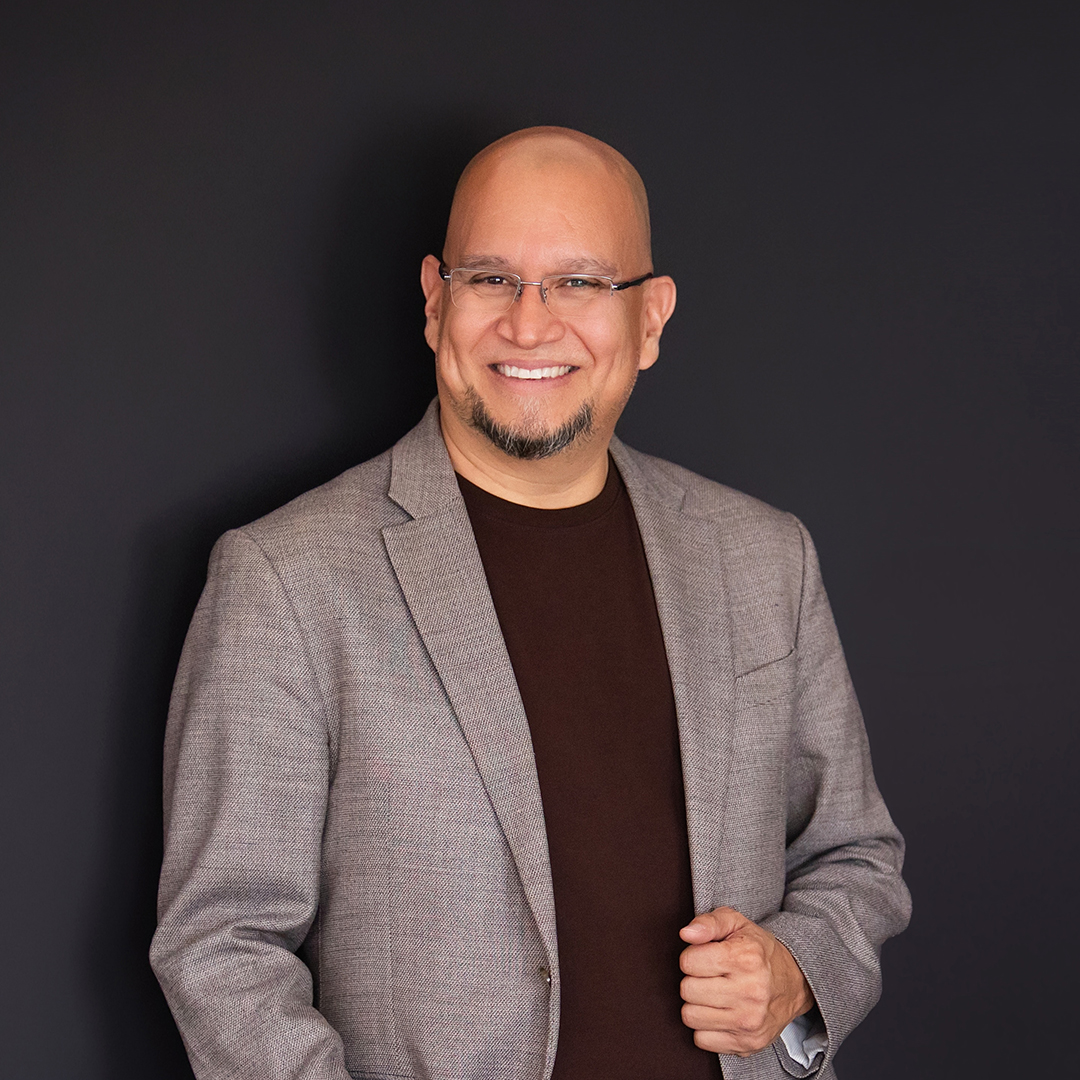 …in this moment, the student suddenly felt, with no reservation, empowered to teach on a subject – a subject he himself has said that he is still learning. This is white privilege in its truest form.
…in this moment, the student suddenly felt, with no reservation, empowered to teach on a subject – a subject he himself has said that he is still learning. This is white privilege in its truest form.
Where do we go from here? Introducing the Social Change Ecosystem as a framework for Community-Centric Fundraising
 If we know that we cannot — and should not — be everything to everyone, how will we get our communities what they need while preserving our energy for the long fight ahead? Now is the time to radically reimagine what could be when we embrace our role in the Social Change Ecosystem.
If we know that we cannot — and should not — be everything to everyone, how will we get our communities what they need while preserving our energy for the long fight ahead? Now is the time to radically reimagine what could be when we embrace our role in the Social Change Ecosystem.
